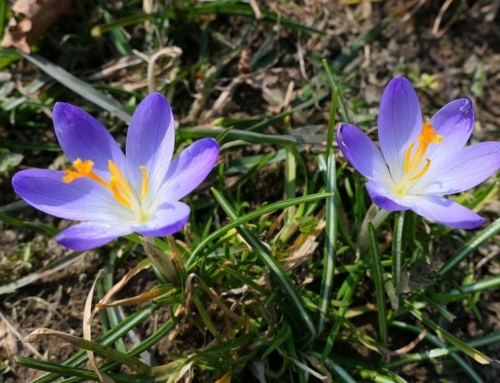Cultivation of saffron in 15 hectares of lands in Qom province
Mohammad Reza Talaei on the sidelines of the saffron harvest in one of the farms of Qom province,
stating that saffron is one of the native plants of the plateau, said:
Cultivation of this plant has been common in many central regions of Iran since ancient times,
so that in the early advent of Islam Mixing saffron was common in Iran,
especially in the city of Qom, and it is clear from the writing of the history book of Qom that saffron cultivation was common in most villages of Qom.
He added:
The current traditional methods used for the production and processing of saffron are all outdated
and the amount of production does not meet the costs.
With modern thinking and the use of new methods,
the amount of production per unit area is increased and an economical and quality product is produced.
He continued his speech by pointing to the development goals of saffron cultivation in the province and stated:
The most important goal of saffron cultivation development is to change the cultivation pattern due to the limited water needs of saffron,
especially in low water areas.
The head of the Jihad Agricultural Organization of Qom province considered the creation of employment
and income generation for farmers as another goal of developing saffron cultivation in the province and noted:
saffron production as a valuable product in addition to various domestic uses, causes currency appreciation.
Talaei said: in small lands where it is not possible to cultivate other crops due to the lack of use of machinery, it is possible to cultivate saffron.
In another part of his speech, he pointed out that saffron is a plant that grows in arid and semi-arid tropical regions, he specified: This plant grows better in areas with temperate climates and dry summers and mild winters, and The quality of its product is also better.







Get Social